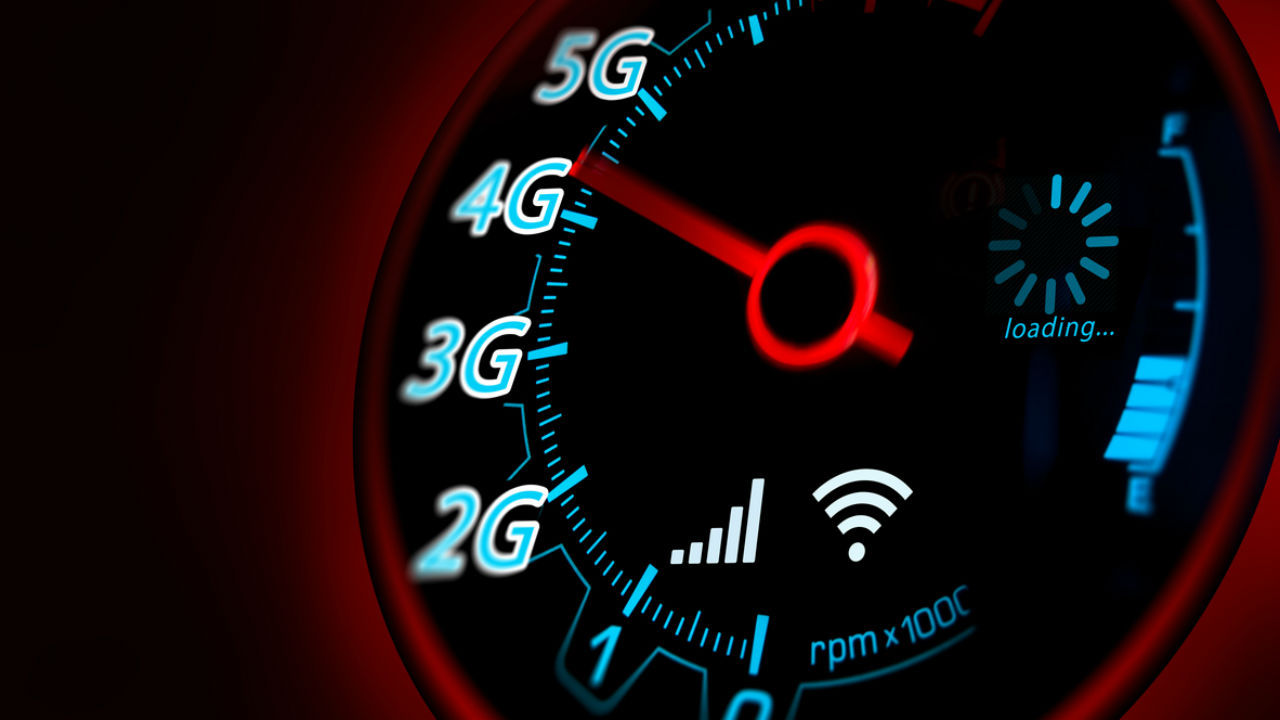This is as per a recent report published by world data speed monitoring platform Ookla.
At a time when the Ministry of Telecommunication is trying hard to build a “Digital India” and the country is talking about moving towards 5G internet connections, people in the country are still struggling to get a good data speed on their existing 4G connections.
According to a recent report published by world data speed monitoring platform Ookla, India ranks at 129th position in a list of 138 countries in terms of data speed. The average 4G internet speed in India is even lower than countries like Pakistan, Sri Lanka and Myanmar.
With over 660 million active internet users across the country, making it grow manifold in the last couple of years, the 4G internet connections may have surely penetrated deep into India, but buffering of videos and download speed still remains very poor in almost all parts of India.
The average 4G data speed in India is somewhere between 6.9 to 9.5 Mb per second (Mbps). Compare this with Pakistan and Sri Lanka, the average 4G data speed in these countries ranges between 13.5 to 15 Mbps.
The global average 4G data speed is far ahead of that of India, ranging between 34 to 35 Mbps of download speed and 10 to 11 Mbps of upload speed, according to Ookla data.
China, for instance, has the world’s third highest 4G internet speed, where the download speed in the country ranges between 103 to 105 Mbps on Mobile connections, while on fixed broadband connections the download speed is 133 Mbps.
According to the Telecom Regulatory Authority of India’s (TRAI) report for the last six months, 4G internet speeds in metropolitan cities like Delhi, Mumbai and Kolkata also remained very poor compared to the global average speed. For example, the national capital Delhi has been getting an average download speed on 4G connections at just 10 Mbps, while the upload speed here is less than 2 Mbps.
Even Mumbai experienced similar upload and download speed on 4G connections; only Kolkata fared a little better where internet users had received an upload speed of 12 Mbps.
According to telecom industry experts, the slow bandwidth speed in India is due to the high cost of spectrum leading to Internet Service Providers (ISPs) not investing much into the spectrum.
The growing number of telecom users and smartphone users are also cited as one of the reasons for slow speed in the country.
According to a telecom expert, “India has one of the costliest spectrums in the world. The internet service providers are already cash-strapped with cut throat competition and low cost of internet. In such a situation, the companies are not being able invest in buying spectrum and this coupled with the ever-growing internet users, where limited available bandwidth is being distributed among increasing number of users, are the reasons the speed is slowing down.”
On the other hand, the government and the Ministry of Telecommunication had created an ambitious plan of making broadband highways through which they were supposed to link 2,50,000 Gram Panchayats through internet by December 2016, but as on February 2020 under the Bharatnet project, 4,24,299 km of Optical Fibre Cable has been laid, connecting a total of 1,50,029 Gram Panchayats, out of which 1,34,906 Gram Panchayats have been made Service Ready. In addition, 1787 Gram Panchayats have been provided connectivity through satellite media. In total, 1,36,693 Gram Panchayats have been made Service Ready, according to the Ministry of Telecommunications report to the Lok Sabha.
The other programmes of the Ministry under Digital India include Universal Access to Mobile Connectivity, Public Internet Access, e-governance and e-Kranti which focuses on electronic delivery of services whether it is education, health, agriculture, justice and financial inclusion.
However, telecom experts say that unless the bandwidth speed is increased and spectrum prices are brought down, these programmes which are already running behind schedule are not likely to see the light of the day.
“These projects are ambitious projects; the government first needs to have high speed internet connections in rural and semi-rural India. The government’s own BSNL does not till date have 4G connections across India. Private telecom operators are unwilling to invest since huge debts are pending over their heads. Spectrum prices are very high, how can one expect these companies to invest more on spectrum when they have no money to even keep up with their existing services,” a telecom expert told The Sunday Guardian.

